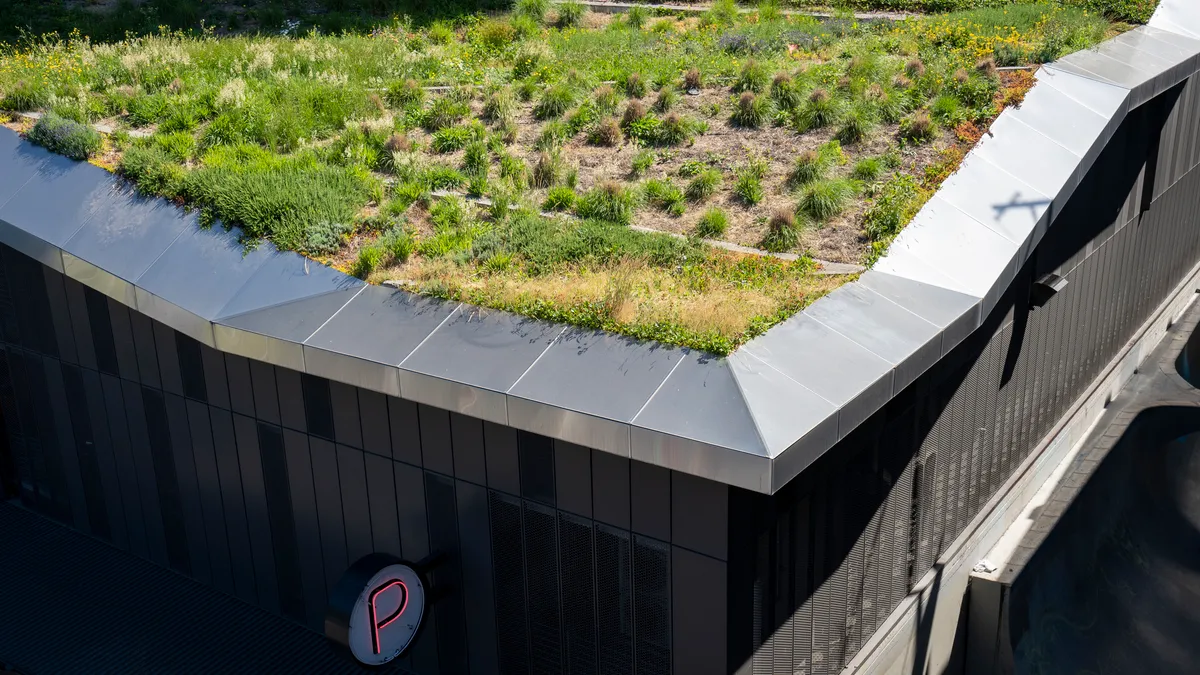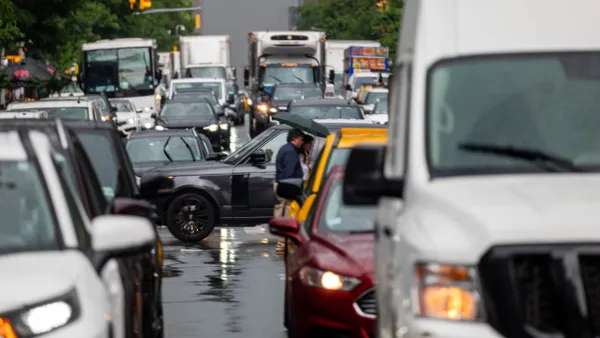Dive Brief:
-
The Trump administration has proposed a tax reform bill that would repatriate corporate earnings from overseas but provides no allowance for infrastructure spending, according to The Hill.
-
The revenue from repatriation is something both Republicans and Democrats floated earlier this year as a way to pay for infrastructure. Without infrastructure included in the tax bill, however, some lawmakers are concerned that Trump's highly touted $1 trillion plan could be postponed or shelved for good.
- There will likely be further negotiations on the content of the bill as it moves through the legislative process. Some lawmakers say additional revenue from the proposal to lower the corporate tax rate could also be a source of infrastructure funding.
Dive Insight:
Last month brought rumblings that Trump might try to couple infrastructure and tax reform as a way to speed both plans through Congress. The move came after the administration failed at its first attempt to repeal and replace the Affordable Care Act, and it was seen as a way to boost momentum for one part of Trump's agenda.
Some also expected Trump to use potentially lucrative infrastructure projects as a way to bring Democrats in on tax reform, counting on them not wanting to face their constituents after having passed up job-creating initiatives for their districts.
Even if money for Trump's infrastructure program surfaces, experts are increasingly doubtful that the current construction workforce could handle the workload. According to Cupertino Electric CEO John Boncher, the 4 million jobs that a $1 trillion infrastructure plan could generate might be more of a hardship on construction companies than a boon amid the current skilled-labor shortage, leading to delays and cost overruns.
For years, construction organizations like the Associated General Contractors of America have called on lawmakers to increase funding for high school career training programs and post-secondary vocational education as a way to put younger workers in the construction labor pipeline. Already, the AGC said, difficulty finding workers is causing companies to take longer in completing projects or to pass them up altogether.
The AGC has offered up a workforce development plan as a starting point to tackle the issue. It also suggested highlighting salary and career potential, as well as the possibility of gaining competency with cutting-edge technology like virtual reality, to draw younger people in.











